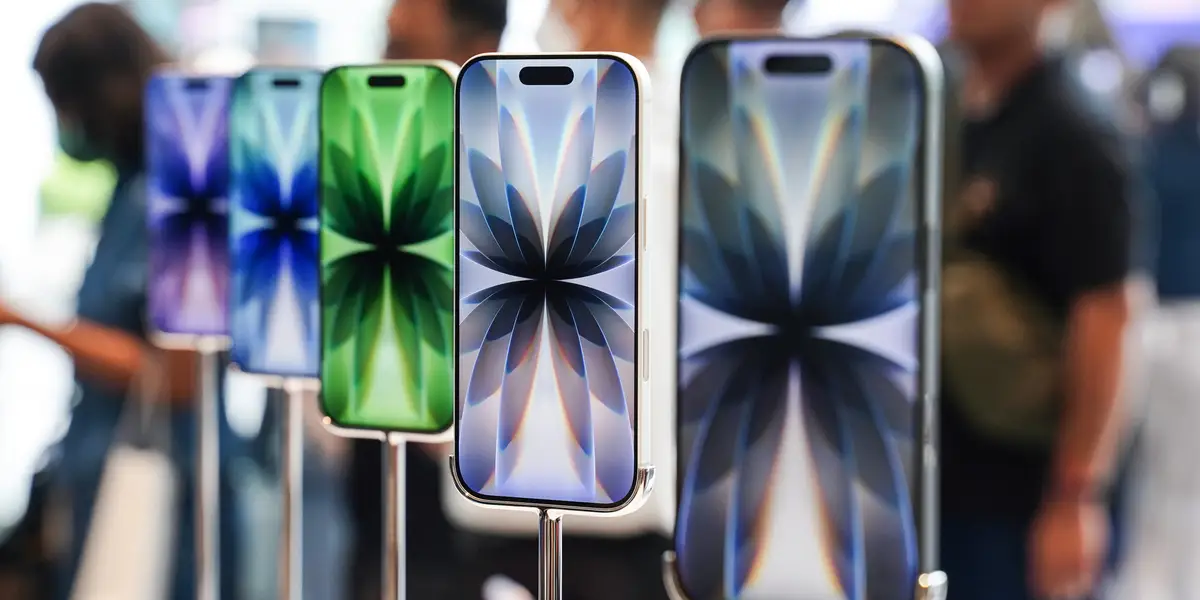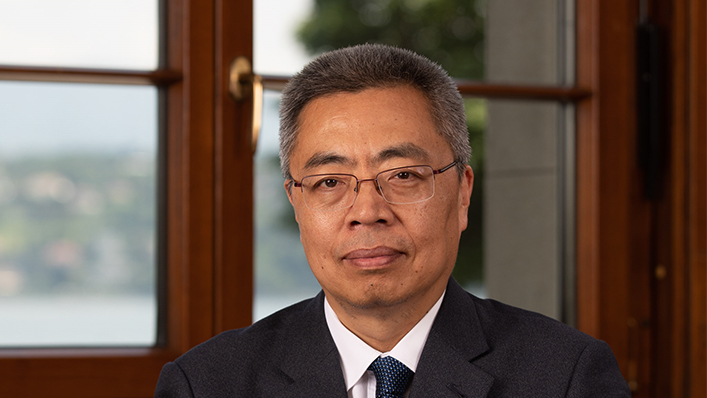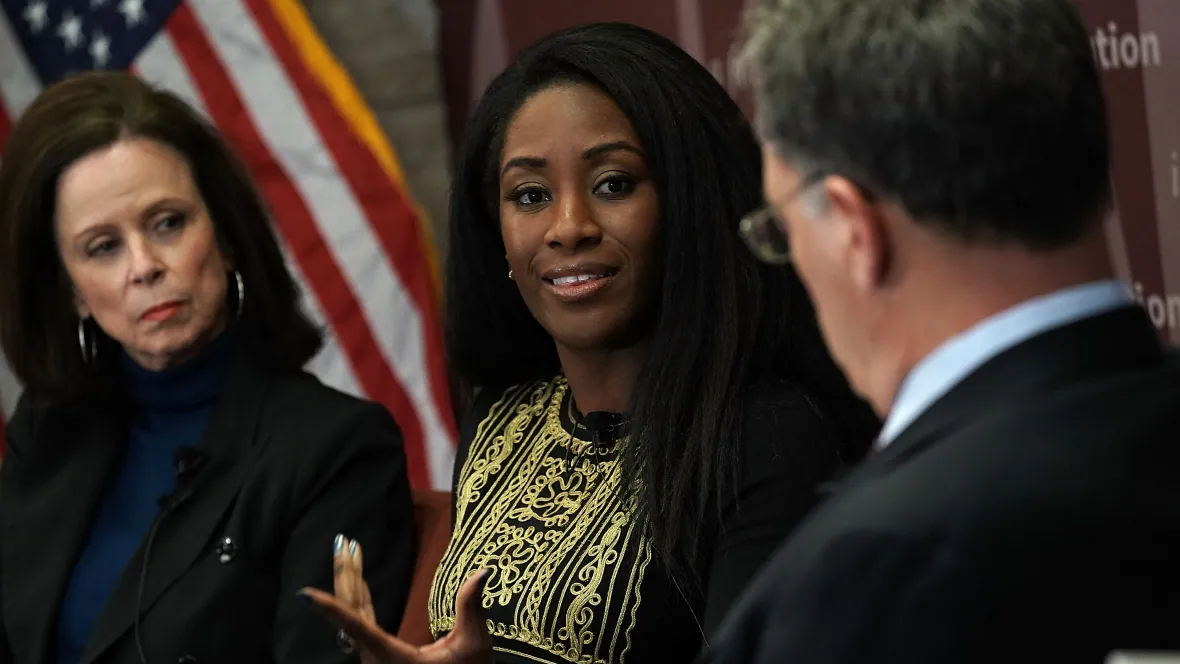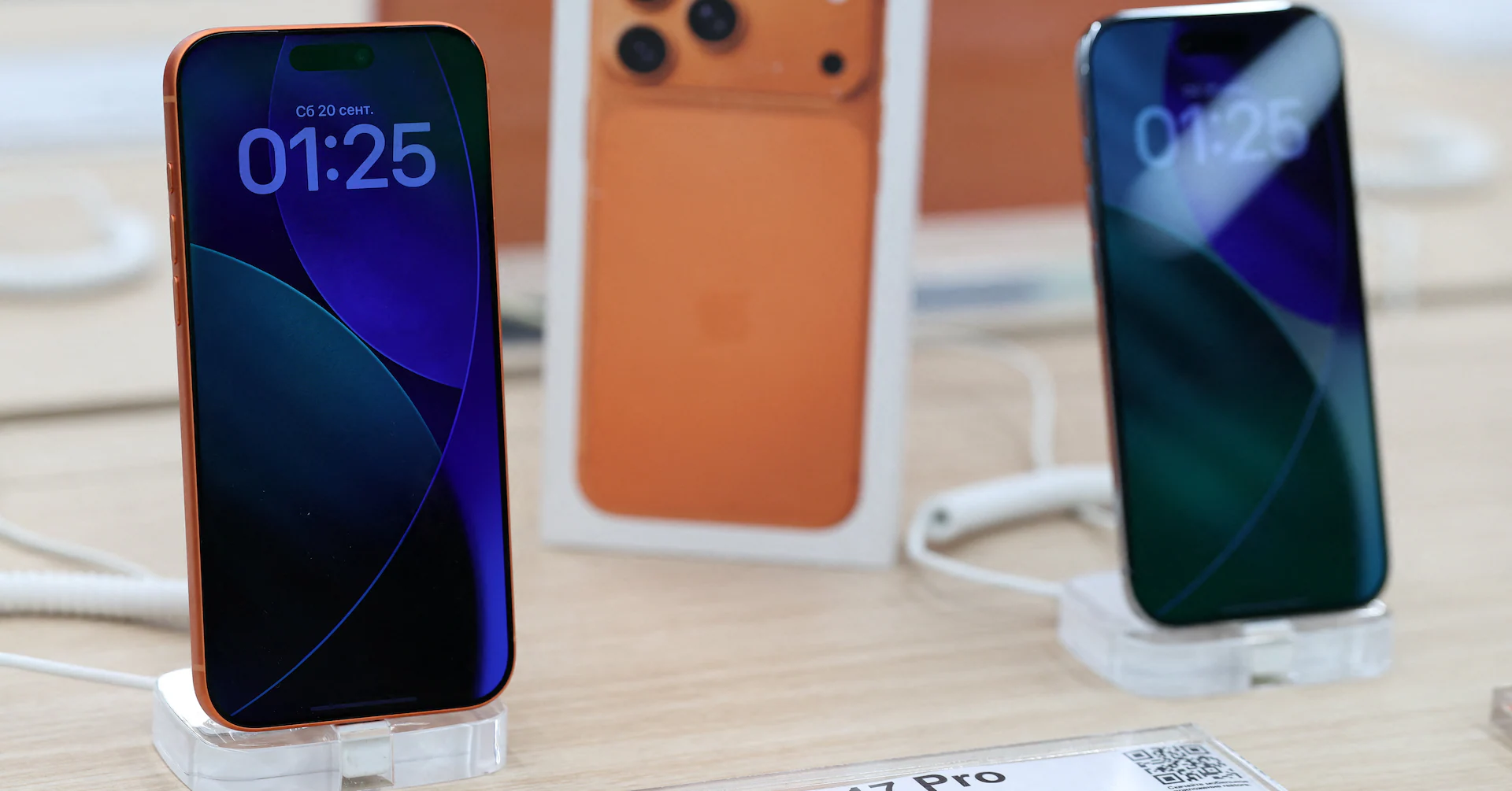
Whether it’s spam or reminders about veterinary appointments, I get a lot of unknown numbers calling my phone.
It reached the point in May when I installed a third-party call filtering app that sent suspicious calls straight to voicemail. So, as an iPhone user, I was excited when Apple said it was releasing its own feature to monitor calls in its iOS 26 update.
I deleted my third-party call filtering app on Tuesday after updating my iPhone 15 to iOS 26. I was looking forward to testing out a new way to filter my calls, but first, I had to learn how Apple’s filtering worked on my iPhone 14 Pro Max.
In the Settings app, I found the new call screening and filtering options that can be adjusted to your preferences. It worked similarly to the app I previously used, which was powered by my phone carrier.
In Apple’s, you can choose one of the following:
Never: Call Screening is turned off, and your iPhone will ring when you receive a call from an unsaved number.
Ask Reason for Calling: Calls from unknown numbers will be asked for more information before the iPhone rings.
Silence: Calls from unsaved numbers will be silenced, sent to voicemail, and appear in the Recents list.
I set my phone to ask those with an unsaved number their reason for calling before I pick up, and for calls that are deemed as spam to be sent straight to voicemail and sorted into a folder separate from my call log.
Next, I waited to see how the settings would filter my calls in practice. I didn’t receive any spam calls in the three days since I updated to iOS 26. Perhaps my previous screening app was so effective that the robocalls had given up.
But I did get several unknown calls. When my gas company called, for example, I experienced the new update for the first time. Apple answered for me, but since the call had an automated message, it was sent straight to voicemail, where I could read the message it left behind.
I decided to try the unknown caller feature again by deleting a friend’s contact from my phone to see if the automated message would pop up when they called. No luck. I assume it’s because my phone recognized the number; I have outgoing calls and texts with them.
Related stories
Business Insider tells the innovative stories you want to know
Business Insider tells the innovative stories you want to know
We took it a step further, I blocked my friend’s number and asked them to call me again. That did the trick. The filtering feature kicked in when the number displayed as No Caller ID.
“Hi, if you record your name and reason for calling, I’ll see if this person is available,” the automated voice told my friend, who was waiting less than 30 seconds for me to pick up.
My phone stayed silent as I watched it transcribe my friend’s response to the inquiry. He pretended to be a doctor’s office, and said, “Check up.” At that point, considering it important enough, I picked up.
As a journalist, part of my job is talking to new people. While call filtering can help sort through calls to make sure they’re worth my time, I worried the automated message could deter sources from staying on the line.
I think I’ll leave the spam screening feature.
However, I’m not sure I want to risk losing sources to filter out mystery callers.



